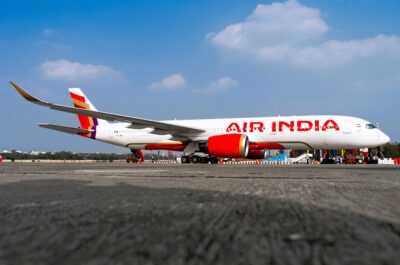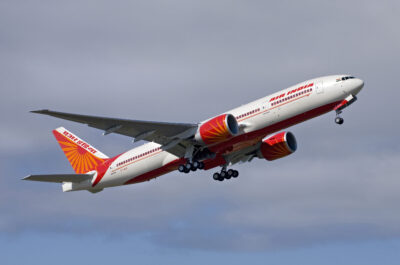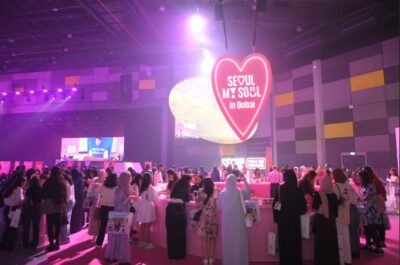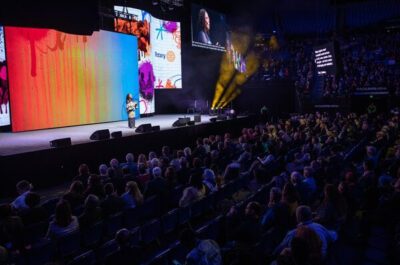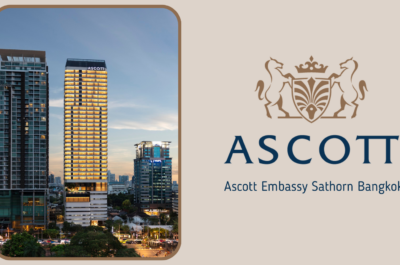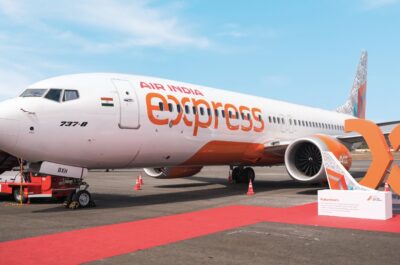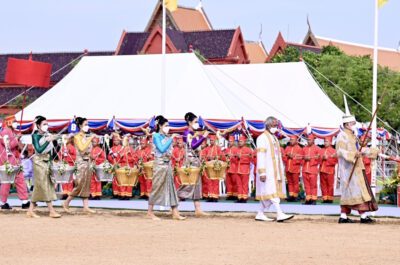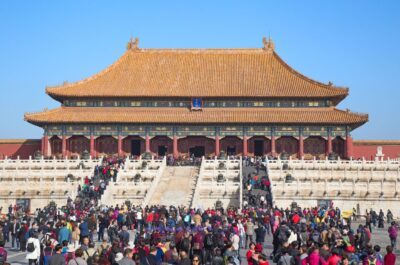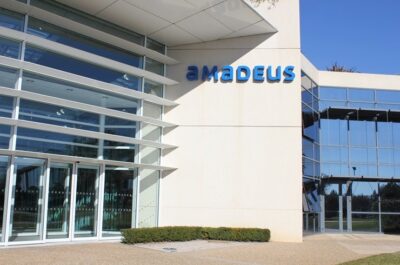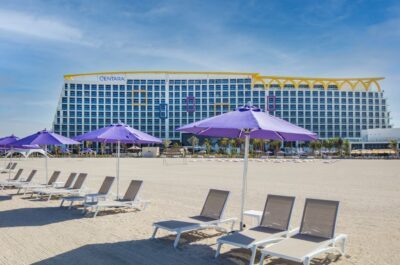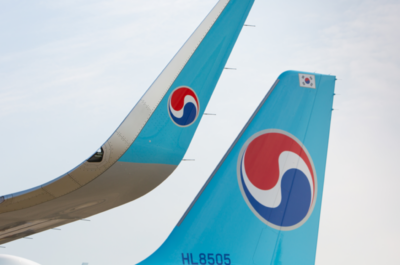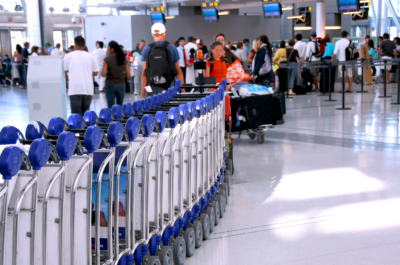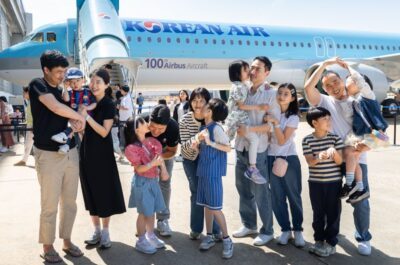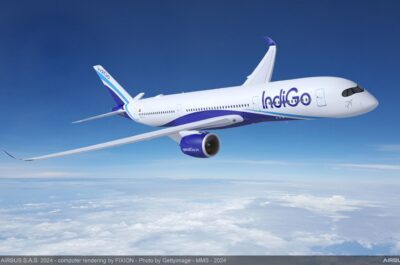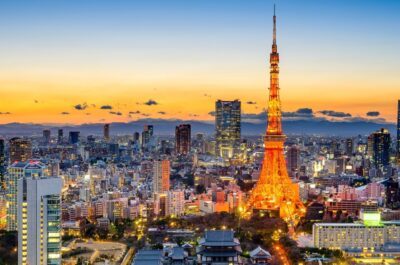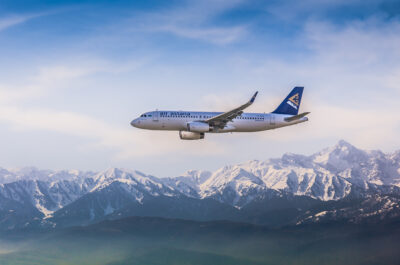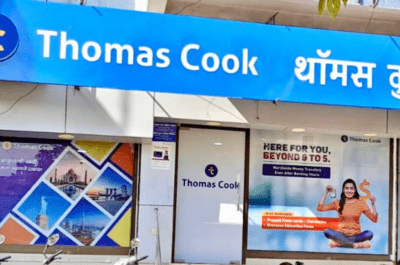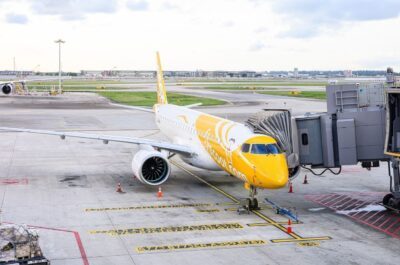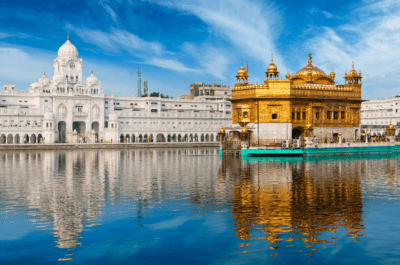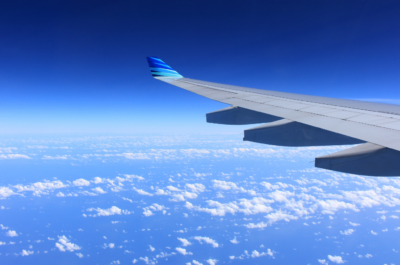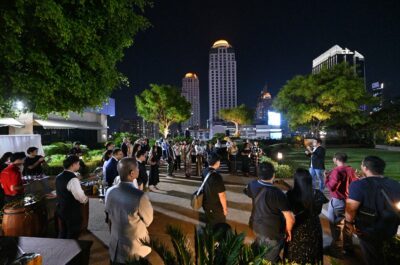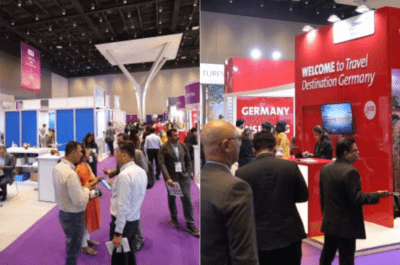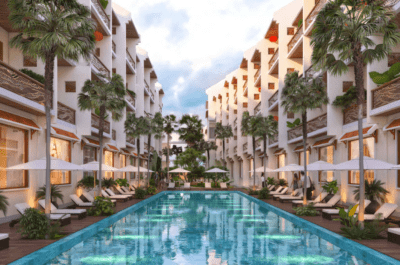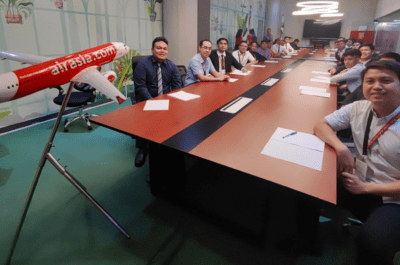The number of overseas tourist arrivals to Australia shot to an all time high, year ending…
The number of overseas tourist arrivals to Australia shot to an all time high, year ending 31 October 2004. According to the Australian Bureau of Statistics, arrivals increased by 11% to 5.2m. Latest year-to-October 2004 results from the Australian edition of the HotelBenchmark Survey by Deloitte reinforces this, all markets bar one reported growth in revenue per available room (revPAR) compared to the same period in 2003. Apart from the excellent results achieved in 2000 when tourism was boosted by the Sydney 2000 Olympics, revPAR across Australia reached record highs of AUD$109. Brisbane was the star performer, reporting the highest revPAR it has ever achieved during the first ten months of the year, since the survey was first launched in 1998.
Brand Australia
With the Rugby World Cup in 2003 and the continual roll out of the Brand Australia campaign, it is not surprising that the profile of Australia is on the up. The campaign was launched in May 2004, initially targeting the UK, Italy and Singapore. In September this was rolled out to two of Australia`s main markets New Zealand and North America. New Zealand remains Australia`s largest source market with tourist arrivals up 24% to 1m for the year ending 31 October 2004. To put this in perspective, Japan is Australia`s second largest source market attracting 717,700 arrivals for the same period, followed by the UK in third place with 682,700 arrivals. It is important that travellers from these key source markets continue to be inspired to visit Australia. In early 2005, Tourism Australia plans to target Germany, Japan, China and Hong Kong.
Take to the skies
International airlines have been very active in Australia over recent months. A number of new routes have been introduced, while many existing routes have seen an increase in services. On 1 September 2004, Qantas began its first non-stop service between Sydney and Mumbai. This is currently the only direct flight between Australia and India, with three weekly flights. As the number of affluent travellers in India continues to grow, the number of flights on this route is expected to increase. Latest figures year ending 31 October 2004 shows that the number of visitors from India to Australia increased 25% to 55,000 compared to the same period the prior year.
It is not surprising that the combination of marketing campaigns and increased air travel has had a positive impact on hotel performance in Australia. In the rest of this article, we take a closer look at three of the key cities tracked on the Australian edition of the HotelBenchmark Survey: Brisbane, Sydney and Melbourne.
All time highs for Brisbane
As can be seen from the graph below, hotel performance in Brisbane is booming. Never in the history of the survey has revPAR been this strong during the first ten months of the year. The market is currently trading at AUD$113.
Occupancy in the city has also seen steady growth over the last seven years and has moved from 71.1% year-to-October 1998 to a record high of 83.2% for the same period in 2004 – the highest occupancy of any market on the survey. These results have continued to strengthen due to the relatively static supply of hotel rooms in the market, as well as increasing visitor numbers.
Despite this, Brisbane is only the fourth best performer in terms of average room rate of the eight markets tracked across Australia. The city`s average room rate is currently some AUD$35 below Sydney, AUD$18 below Melbourne and AUD$2 below Cairns.
The Brisbane Airport Corporation (BAC) recently forecast that by the end of 2004, an extra 2m international and domestic passengers would pass through Brisbane Airport compared to the previous year. This will result in passenger numbers exceeding 15m for the first time. Virgin Blue, Australia`s low-cost domestic airline recently added further flights on its Brisbane services between Adelaide, Rockhampton and the Whitsunday Coast (Proserpine). Singapore Airlines is also set to increase its service between Brisbane and Singapore with three extra weekly flights, bringing the total number of weekly flights on this route to 17.
With no new hotel supply planned to enter the market in the near future and visitor arrivals expected to grow, the outlook for Brisbane hotel performance looks bright. If occupancy remains strong there is clearly the opportunity for hoteliers to try to grow average room rates.
Selected Australian markets revPAR performance
Year-to-October 2004

Source: HotelBenchmark Survey by Deloitte
Sydney shines
Excluding the outstanding results achieved during the Olympics in 2000, hotels in Sydney have also recorded the highest revPAR year-to-October 2004 since the survey was launched. RevPAR year-to-October was up 11.6% on the previous year to AUD$130. Hotel occupancies increased by 4.7% whilst average room rates increased by 6.6% (AUS$10) to AUD$170.
Until earlier this year, there had been limited new hotel supply entering the market since the boom in 2000. In September 2004, the 149-room Courtyard by Marriott North Ryde opened bringing the total number of Marriott hotels in the city to four. Also in September, the famous Wentworth Hotel was relaunched as the Sofitel Wentworth Sydney, following an extensive AUD$60m refurbishment. The first quarter of 2005 will see the reopening of the Hilton Sydney, which has been closed for refurbishment for the past year. Hilton has invested AUD$200m refurbishing all of the 577-rooms and building a new conference centre, offering more than 4,000 square metres of meeting space for up to 3,000 delegates.
Melbourne struggles
Occupancy in Melbourne year-to-October 2004 was up 5.3% to 76.4%, matching the figures achieved in 2000 when the city benefited from the knock on effect of the Olympics. However, average room rates in the city have been struggling for some time, due to an oversupply of hotel rooms. Average room rates in Melbourne are now some AUD$14 lower than they were during their peak in 1998.
Although the city is expected to remain over-supplied for some time, there is opportunity for hoteliers to push room rates up during the Australian summer. To further accommodate international visitors, Melbourne Airport is expected to see a 23% increase in international capacity during the Northern hemisphere winter months. This should have a positive impact on hotel performance throughout the city, with the possibility of more international visitors starting or finishing their holiday in Melbourne.
A rosy outlook
The outlook for hotel performance in Australia looks good as we head into 2005. Further roll out of the Brand Australia marketing campaign will continue to attract tourists to the country and ensure that Australia maintains its share of the global travel market. This growth will be facilitated further with the expansion and introduction of additional air routes. Although Australia is experiencing a seven year high in terms of occupancy, the expected increase in visitor arrivals can only push levels higher, in turn, helping drive average room rates and revPAR.
Notes: All analysis in AUD$
Theodore is the Co-Founder and Managing Editor of TravelDailyNews Media Network; his responsibilities include business development and planning for TravelDailyNews long-term opportunities.

















